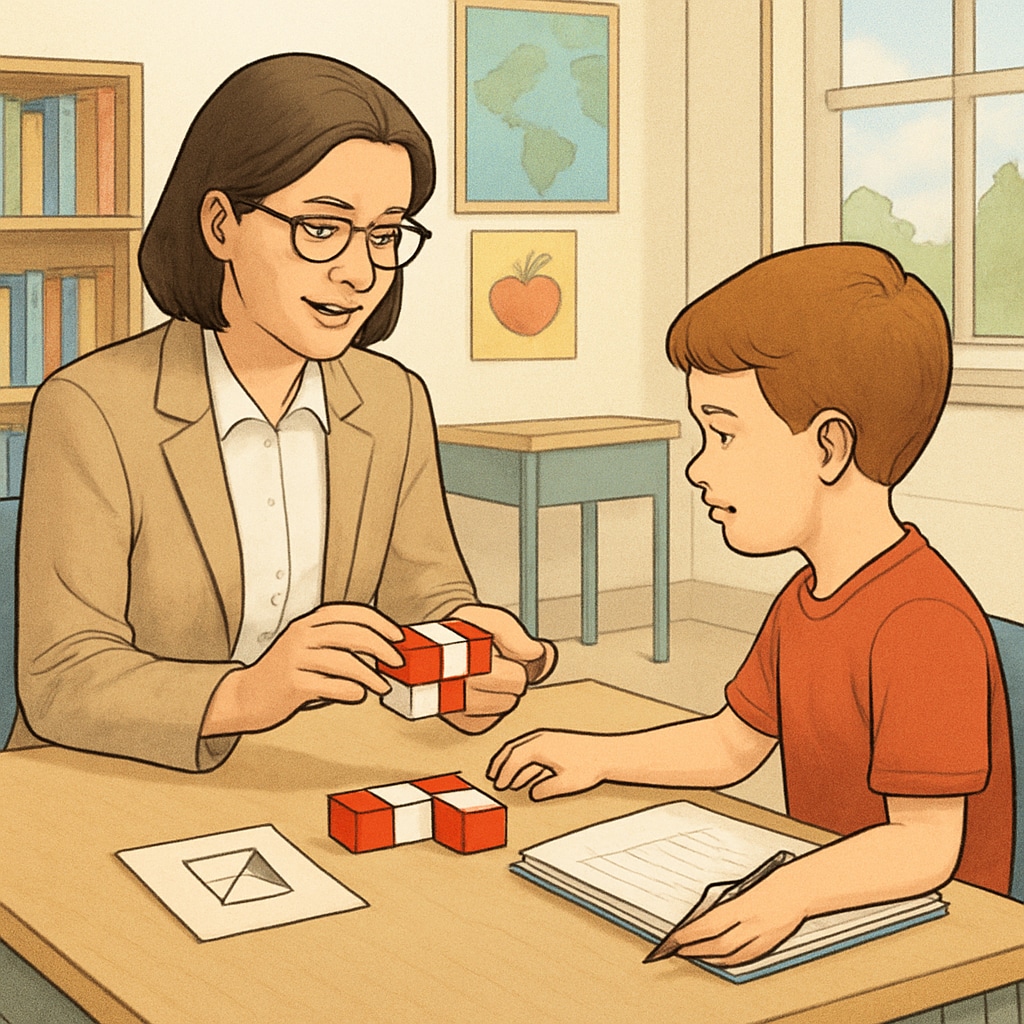Identifying and nurturing the potential of gifted children often begins with the right intelligence test. Tools like the CogAT and WISC are widely used for assessing children’s cognitive abilities, but choosing the most suitable one can be challenging. In this article, we’ll compare these two popular tests, exploring their features, benefits, and ideal use cases to help parents and educators make informed decisions.

Understanding CogAT: A Comprehensive Overview
The Cognitive Abilities Test (CogAT) is designed to measure a child’s reasoning abilities across three domains: verbal, quantitative, and non-verbal. Unlike traditional IQ tests, CogAT focuses on problem-solving and abstract thinking skills. This makes it particularly useful for identifying children with unique academic strengths.
Key features of CogAT:
- Assesses reasoning capabilities rather than academic knowledge.
- Suitable for children from kindergarten to 12th grade.
- Provides insights into learning potential and preferred cognitive styles.
CogAT is often used in school settings to determine eligibility for gifted programs. However, it may not be the best choice if you’re seeking a detailed evaluation of overall intellectual capacity.
WISC: A Deep Dive into IQ Testing
The Wechsler Intelligence Scale for Children (WISC) is one of the most respected IQ tests available. Unlike CogAT, WISC evaluates a broader range of cognitive skills, including verbal comprehension, working memory, and processing speed. Its ability to provide a full-scale IQ score makes it ideal for understanding a child’s overall intellectual profile.
Key features of WISC:
- Offers detailed subtest scores in multiple cognitive areas.
- Suitable for children aged 6 to 16 years.
- Highly individualized, administered by trained professionals.
Because of its depth, WISC is often recommended for clinical or educational assessments where a precise understanding of intellectual strengths and weaknesses is required.

Choosing Between CogAT and WISC: Factors to Consider
When deciding between CogAT and WISC, it’s essential to consider your goals and your child’s needs. Here are some factors to keep in mind:
- Purpose of Testing: CogAT is better for identifying academic potential, while WISC is ideal for a detailed cognitive profile.
- Age Range: CogAT covers a broader age group, whereas WISC is limited to ages 6–16.
- Testing Environment: CogAT is group-administered, making it suitable for school settings. WISC requires one-on-one administration, which allows for greater customization.
- Cost: WISC is typically more expensive due to its individualized nature, whereas CogAT is more affordable and widely accessible.
For additional information on intelligence testing, visit Britannica’s page on intelligence tests or Wikipedia’s article on CogAT.
Supporting Your Child Beyond the Test
Identifying talent is only the first step. Once you’ve chosen the appropriate test and obtained results, it’s crucial to use them effectively. Collaborate with educators, psychologists, or gifted program coordinators to create a personalized learning plan that aligns with your child’s unique abilities.
Remember, the ultimate goal is not to label a child but to empower them to reach their full potential. Whether you choose CogAT or WISC, both tools can provide valuable insights into your child’s cognitive strengths and areas for growth.
Conclusion: Selecting the right intelligence test for gifted children doesn’t have to be overwhelming. By understanding the differences between CogAT and WISC and considering your child’s needs, you can make an informed choice that helps unlock their unique talents.


